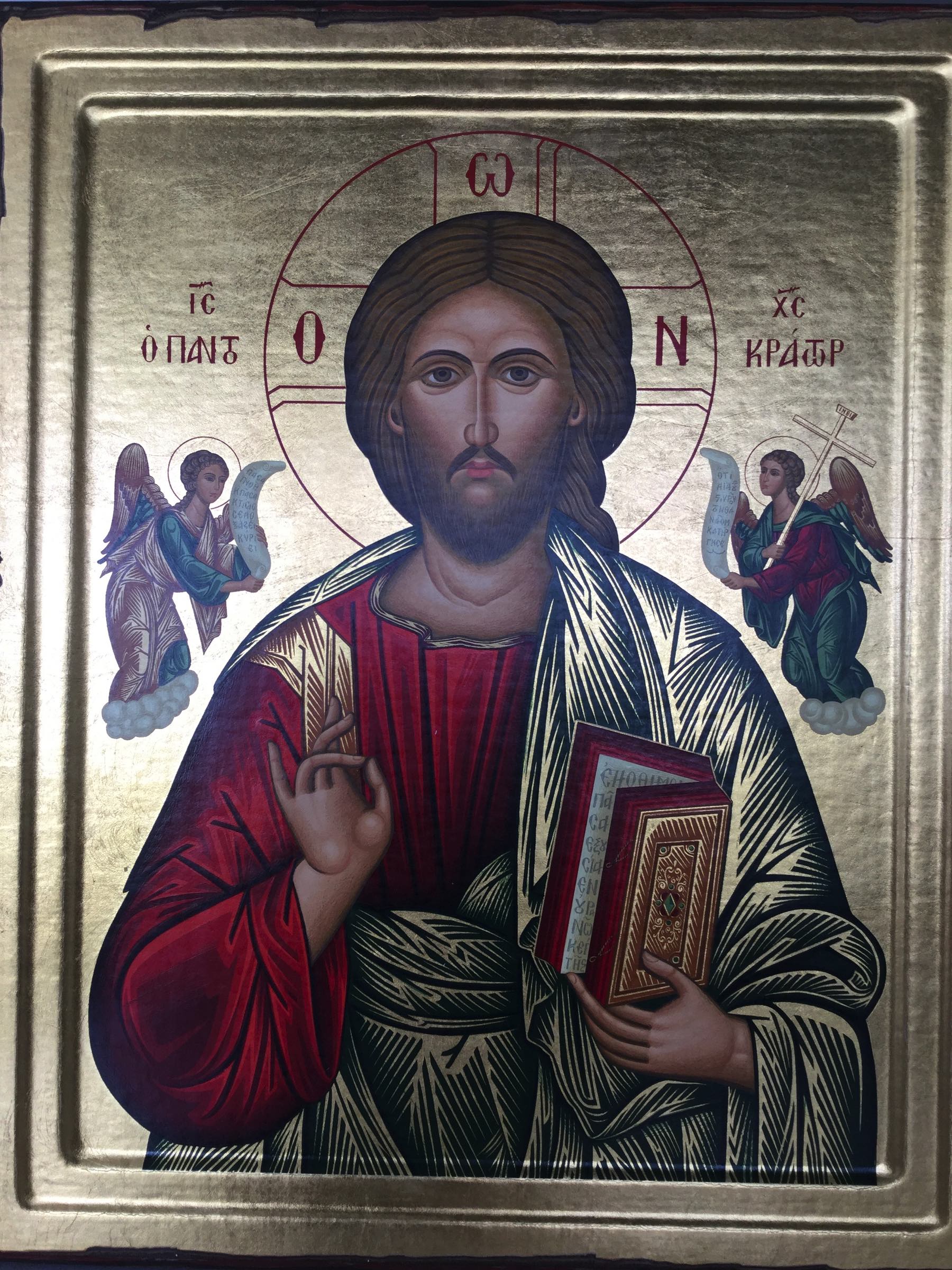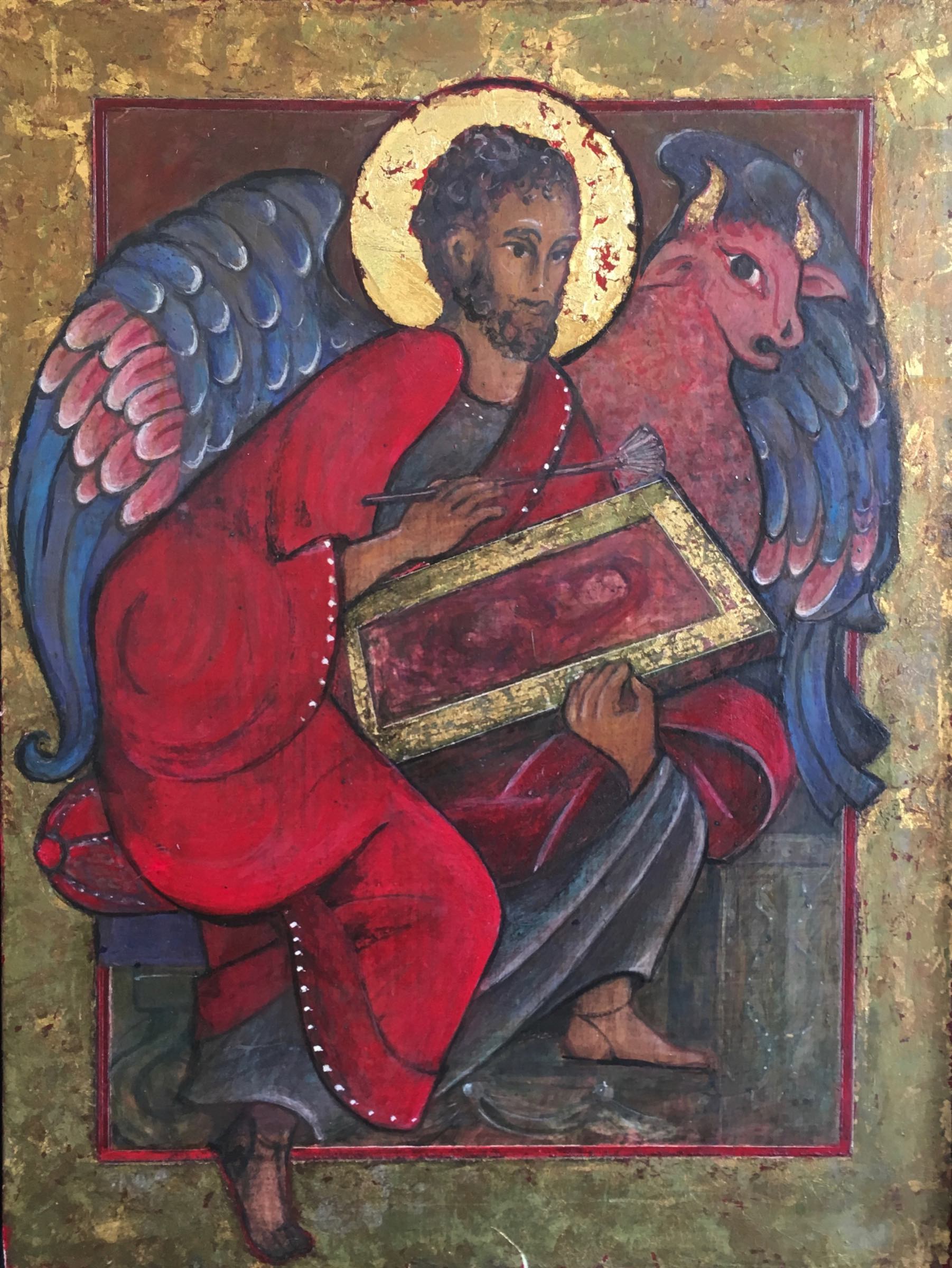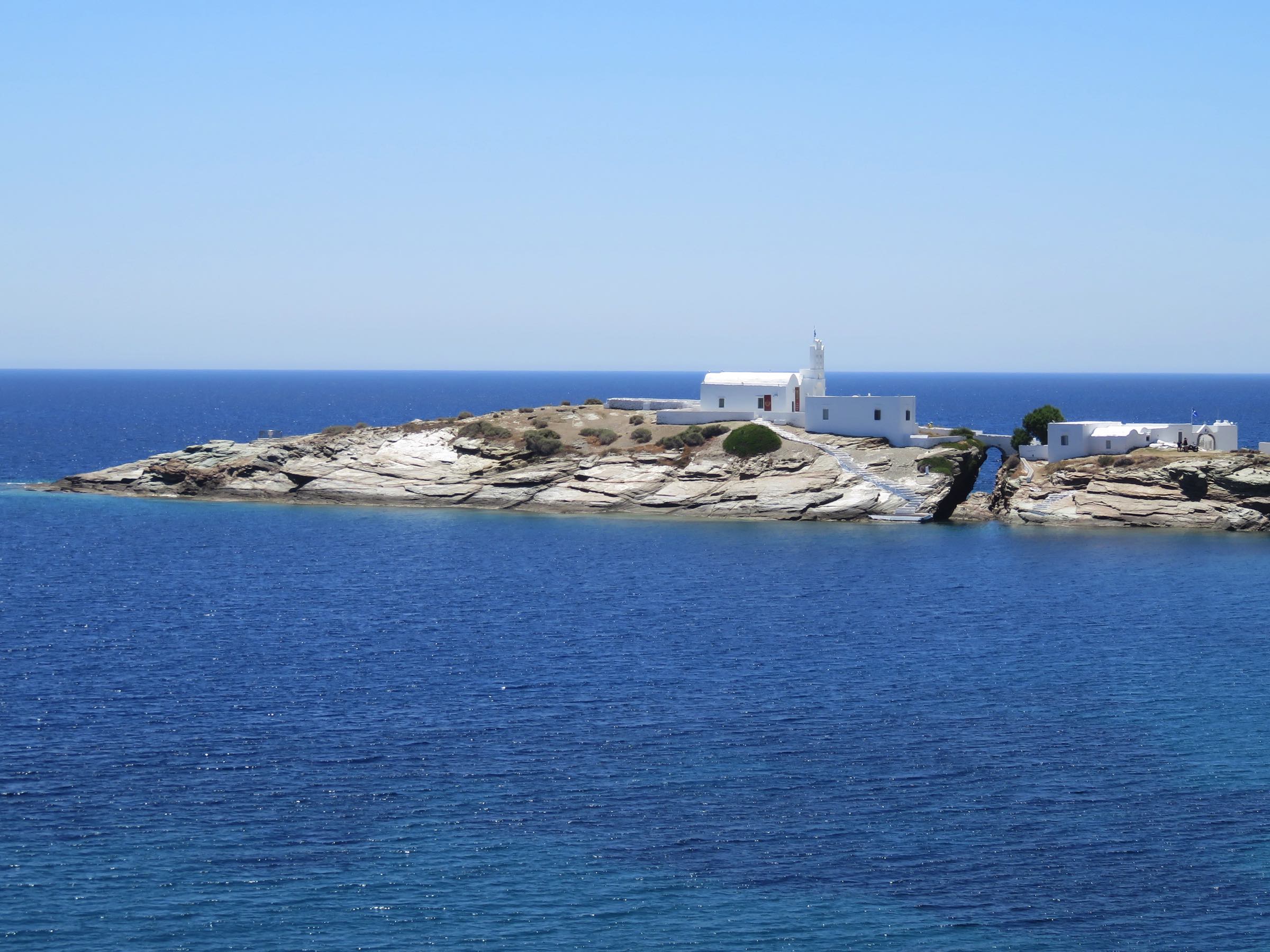Surfcoast Anglican Parish
Torquay, Anglesea, Aireys Inlet

St. Luke’s Icons of Christ Pantocrator and St. Luke

The Christ Pantocrator (“The Ruler of All”) image dominates in the central dome of Byzantine churches. In this version of the image, Jesus is depicted with a strict look, but the love that characterises him is evident, and a golden halo, holding the New Testament close to his chest with his left hand, while making the gesture of blessing with his right hand.

Our icon of St Luke was written by Ray Woods from Airey’s Inlet.
“According to tradition St. Luke was a very talented young man. He not only wrote a Gospel account and the Acts of the Apostles, he was also a Greek physician and an artist.
He is held by the Eastern Church as the original “iconographer,” responsible for writing the first icon of the Blessed Virgin Mary. Many painters throughout the centuries have depicted this scene by placing St. Luke in front of an easel, painting a portrait of the Blessed Mother holding the Child Jesus.”
This is how Ray Woods has depicted St Luke in our icon.

The original icon, which is the source of inspiration for the hagiographer (holy writer) of our icon, is located in the Monastery of Panagia Chrysopigi, on the holy rock of Chrysopigi, on the Island of Sifnos. The Monastery was established in 1650.
Icons in Anglicanism
The following extracts from an article cited at the end of this document may be helpful in understanding Icons.
“Orthodox Christians reverence icons because they are a particular way in which the presence of God is made known. While icons have a sacramental quality, people do not worship the icon itself. Icons have been described as "windows to heaven." When praying in front of an icon, it is said that a person looks through the icon to the heavenly reality behind it. To show reverence to an icon is to worship God. The orthodox understanding of icons, clarified in the decrees of the Second Council of Nicaea, makes a careful distinction between worship, which may be given to God alone, and reverence, which may be shown to icons and other symbols which direct us to God.” “The use of icons in prayer and worship is not an esoteric matter. A number of helpful books have been written for westerners on the subject, but it is most important for the worshiper to understand that venerating an icon is nothing more or less than meeting God very much as we do in other forms of prayer. In a manner similar to the sacraments, an icon uses the matter of earth to communicate the reality of the divine. It is not the beauty of the icon that is important but the simple fact of its material reality which reminds us that God himself took on our flesh and that he renews us and all of creation in all of its earthiness. Icons are indeed windows to heaven. They do not transport us to a mystical state of being but allow us to see with our own eyes.” “One may simply stand before an icon while praying, with or without words, with the eye and the heart open to God's presence. But the physical nature of the icon invites us to active engagement, to make the sign of the cross, to touch the icon. One may kiss the margin of the icon or the hand or foot of Christ or the saint who is portrayed. It is also appropriate to touch the forehead to the icon, bringing the conscious praying mind physically to the presence that is communicated through the icon. Finally, one may light a candle or a lamp. A flame burning before an icon is both a prayer to God and a way of affirming that we, too, are called to bear the Light of Christ into the world”. To read the full article please go to the following link. http://fullhomelydivinity.org/iconsfullpage.htm